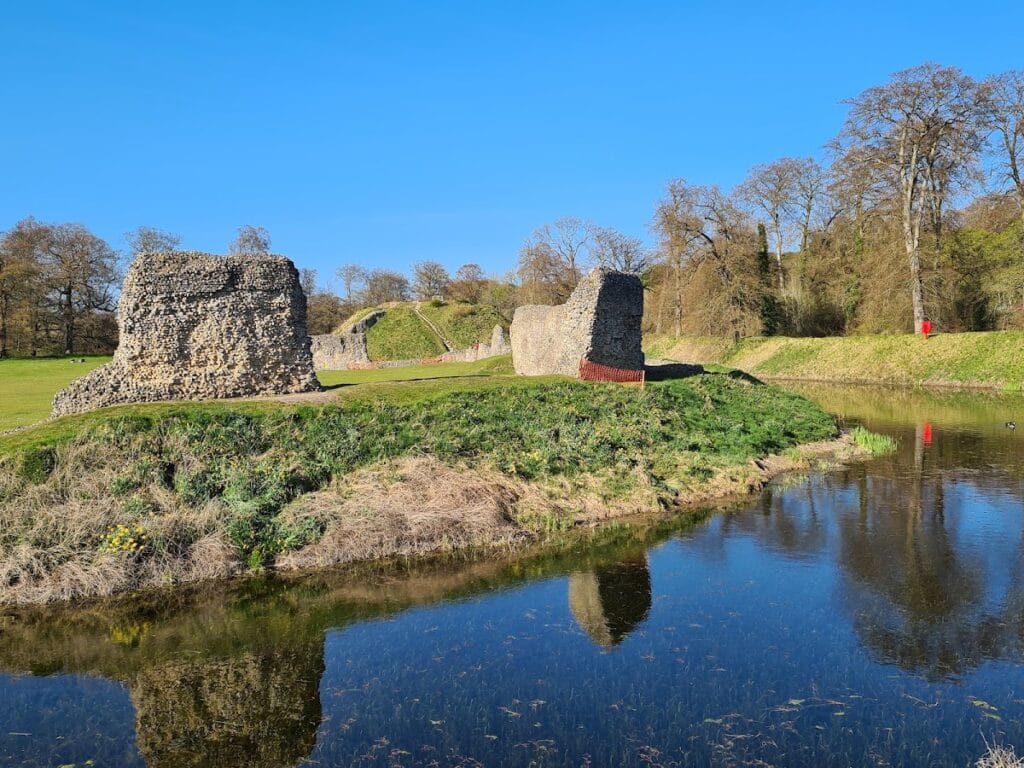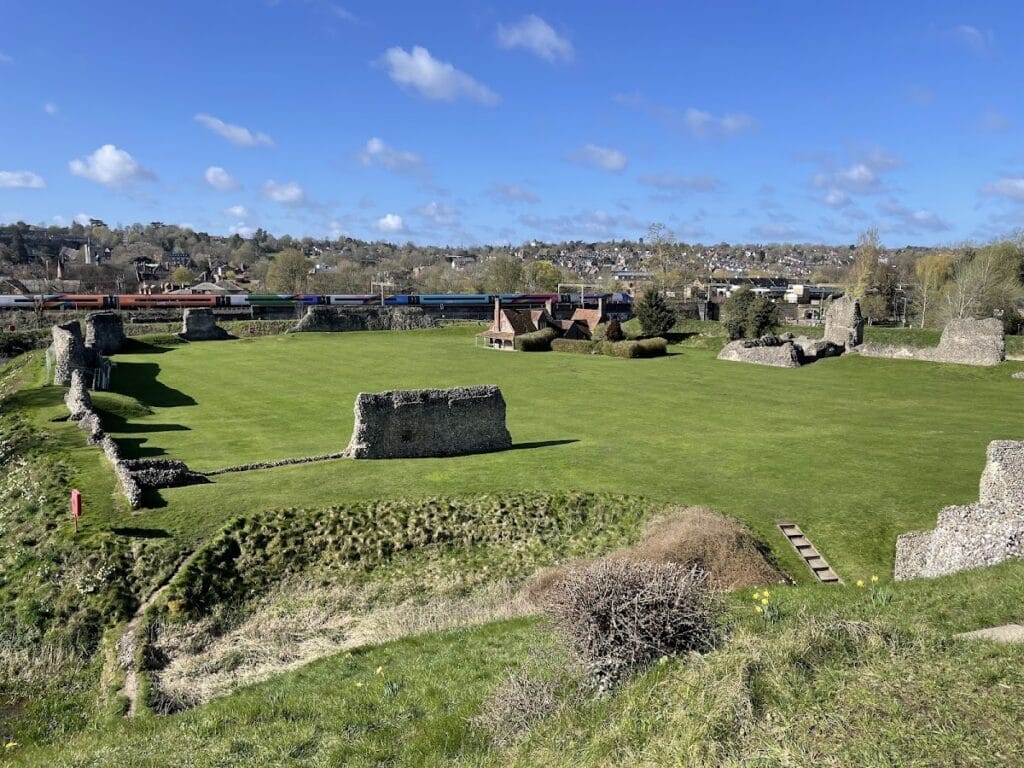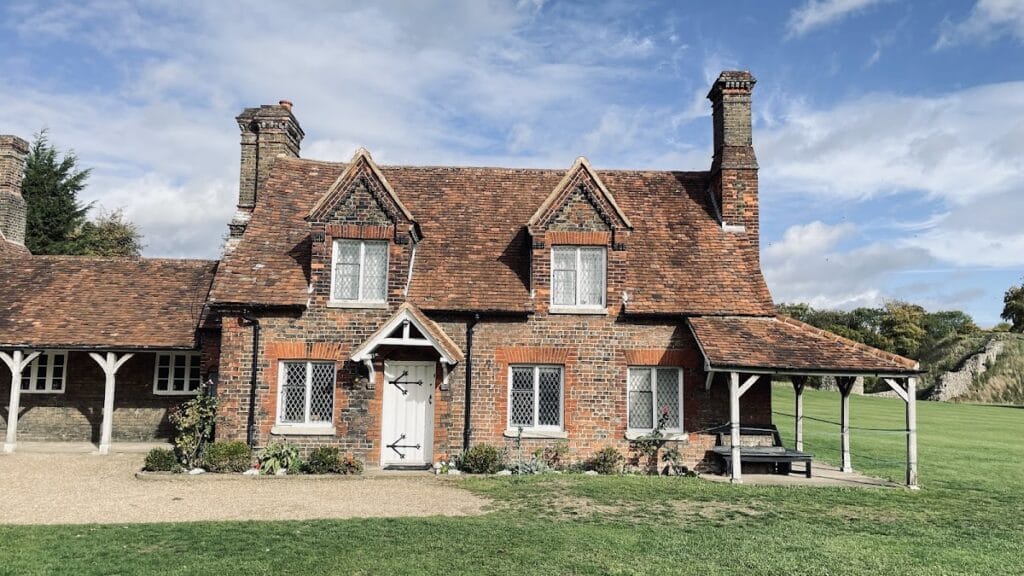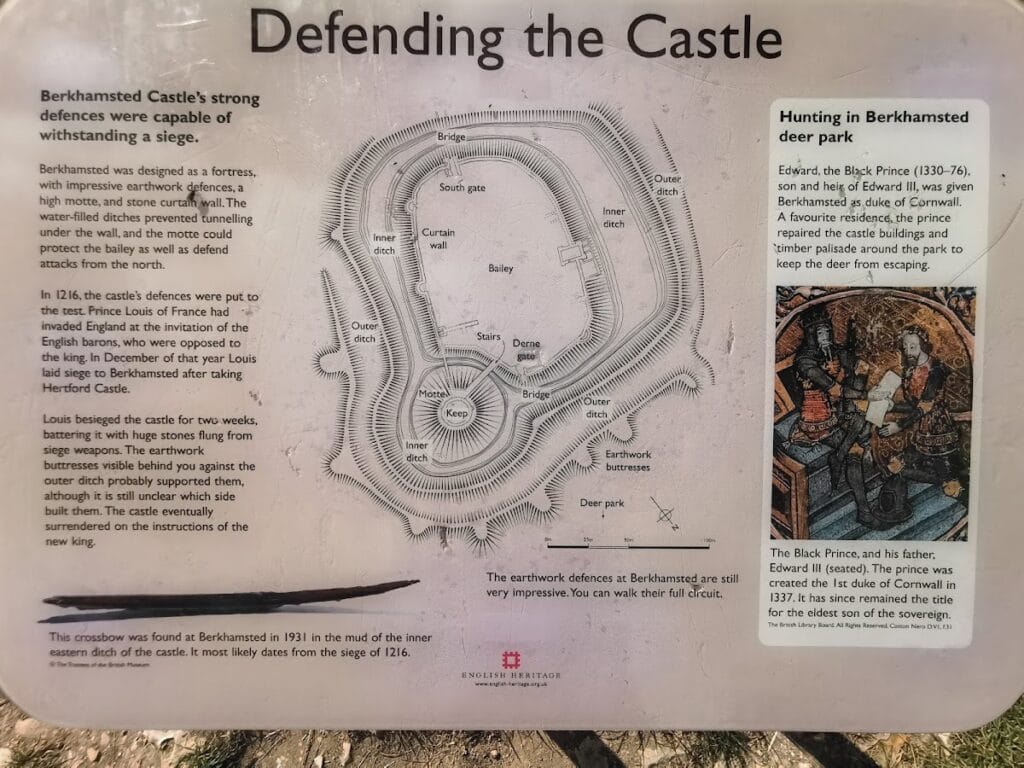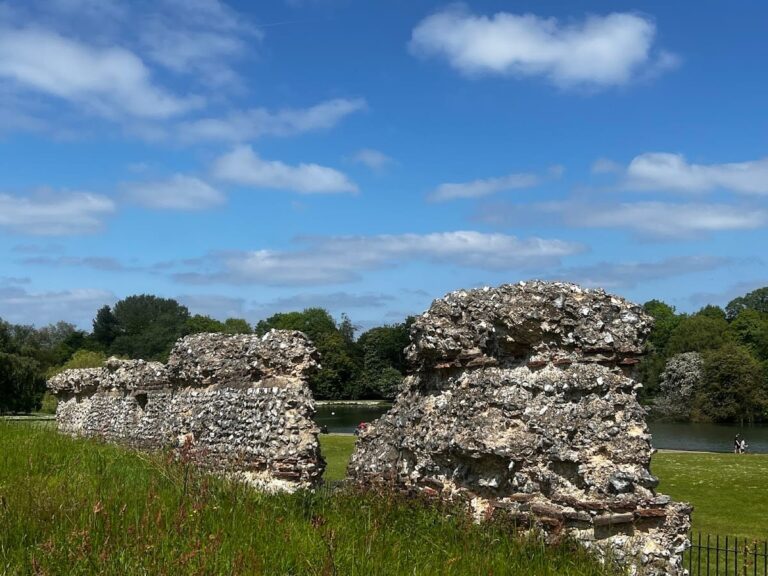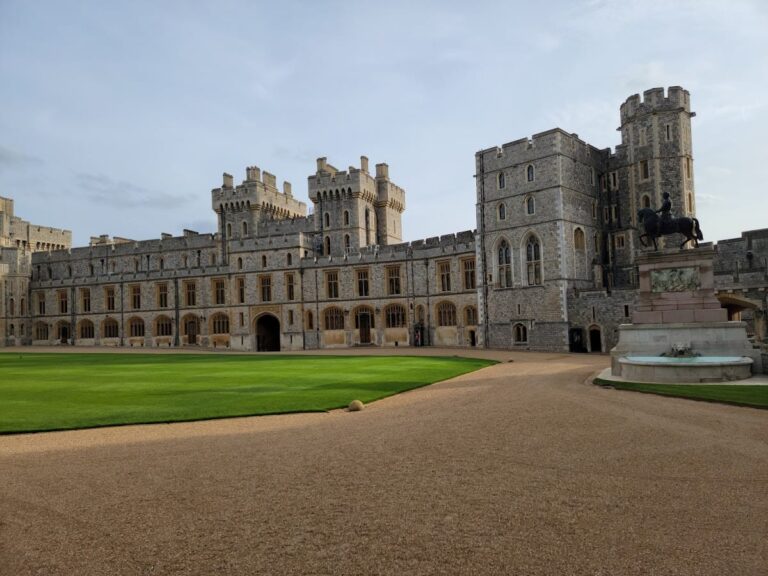Berkhamsted Castle: A Norman Motte-and-Bailey Fortress in England
Visitor Information
Google Rating: 4.5
Popularity: Low
Google Maps: View on Google Maps
Official Website: www.english-heritage.org.uk
Country: United Kingdom
Civilization: Medieval European
Remains: Military
History
Berkhamsted Castle, located in the town of Berkhamsted in England, was built by the Normans soon after their conquest of England in 1066. Constructed to oversee an important route between London and the Midlands through the Chiltern Hills, the castle’s early development is closely linked to Robert of Mortain, half-brother to William the Conqueror, who owned the site by the time of the Domesday survey in 1086. The presence of the castle led to the shift of the local settlement, moving it nearer to the stronghold from its earlier Anglo-Saxon manorial center. Around the castle, a royal deer park was established for hunting, accompanied by a vineyard nearby.
During the mid-1100s, Thomas Becket served as Lord Chancellor and undertook significant enhancements to the castle, rebuilding much of it in stone. At this time, a shell keep—a circular defensive wall atop the motte—was constructed, and the bailey, the enclosed courtyard below, was divided into inner and outer sections by a stone wall. The castle remained a favored residence for chancellors and was regularly used by King Henry II throughout his reign.
In the early 13th century, amidst the First Barons’ War, the castle endured a twenty-day siege by Prince Louis of France in 1216. Utilizing siege engines, Louis’ forces forced the garrison to surrender, though royal troops retook the castle the following year. The property was then granted to Richard, Earl of Cornwall, whose long association with the castle began in this period. Richard preferred Berkhamsted as his residence and administrative base, adding a prominent three-storey tower in 1254 and undertaking extensive restorations. The castle also served as a prison for important captives, including King John II of France, held after his capture at the Battle of Poitiers in 1356.
Ownership of Berkhamsted Castle passed through successive monarchs in the later medieval era. Edward III and his son, Edward the Black Prince, expanded the surrounding hunting grounds substantially, with holdings extended through the 14th century. During the reign of Henry IV, the fortress was used to detain political rivals. Notably, Geoffrey Chaucer, famous for his literary works, oversaw renovation work at the castle during this period. By the late 1400s, however, the castle’s importance diminished. It was abandoned following the death of Cecily Neville, Duchess of York, in 1495. Over the following decades, the structure fell into ruin, with stone taken from the site reused in nearby buildings.
In the 1830s, the construction of the London and Birmingham Railway came close to demolishing the castle. While the railway’s route destroyed the main gatehouse, the remaining structure became the first building in Britain to receive legal protection when Parliament designated it a protected monument in 1833. Control of the castle changed hands in 1930, transferring from the Duchy of Cornwall to the British government’s Office of Works. Restoration efforts carried out in 1930–31 cleared vegetation and drained the moats, during which a 13th-century crossbow stave was found. During the Second World War, the castle was used as a storage site for statues removed from London for safekeeping. Presently, although the land remains property of the Duchy of Cornwall, the castle is maintained as a historical ruin.
Remains
Berkhamsted Castle follows the Norman motte-and-bailey design, featuring a large earthen mound called a motte, standing approximately 12 to 14 meters (40 to 46 feet) high and spanning around 55 meters (180 feet) wide. This motte sits in the northeast corner of the castle’s oblong bailey, a roughly rectangular enclosed courtyard. The bailey itself extends about 150 by 90 meters (approximately 500 by 300 feet), originally covering around 0.6 acres (0.24 hectares), with later earthworks extending to roughly 11 acres (4.5 hectares). Some modern sources describe the bailey area as approximately 1.3 hectares (13,000 square meters).
The motte supports a shell keep, a stone wall that encloses the summit, measuring approximately 18 meters (59 feet) in diameter. By the mid-12th century, the bailey was split by a stone wall into inner and outer sections, providing additional layers of defense within the courtyard. The entire castle was surrounded by two earthen banks and ditches, each originally filled with water to create double moats. These defensive water barriers provided strong protection, although the inner moat was drained during the 1950s.
Entrance to the castle involved crossing a low wooden bridge over the River Bulbourne, followed by a drawbridge granting access through the central gateway. This gateway was destroyed in 1834 during railway construction. Outside the castle walls, especially in the 13th century, earthworks were constructed that likely functioned as platforms for siege engines during the 1216 siege. These raised platforms provided defenders with advantageous positions for firing on attackers.
Surrounding the castle, a deer park once covered an extensive area, reaching up to 1,252 acres (507 hectares) by the early 1600s. This park was located next to the castle and overlooked by the motte, offering controlled hunting grounds for the royals and nobility. Near the castle was also a vineyard, revealing aspects of medieval estate management and cultivation.
The castle’s construction involved stone for critical defensive structures such as the shell keep and curtain walls, while earlier phases relied heavily on timber. Over time, stone from the castle’s ruins was removed and repurposed in local buildings, reflecting changing needs and the decline of the site. In 1254, Richard, Earl of Cornwall, greatly altered the castle’s silhouette by adding a three-storey stone tower, a significant architectural addition.
Today, Berkhamsted Castle remains a ruin, showing well-preserved earthworks alongside the surviving masonry of the shell keep, walls, and tower base. It stands as one of England’s finest examples of the Norman motte-and-bailey type. During 20th-century restoration work, a crossbow stave dating from the 13th century was found on site. This artifact is now curated by the British Museum. Within the castle grounds, a 19th-century keeper’s house once stood and was repurposed during Victorian times as a soup kitchen to assist impoverished workers, adding a layer of social history to the site.

